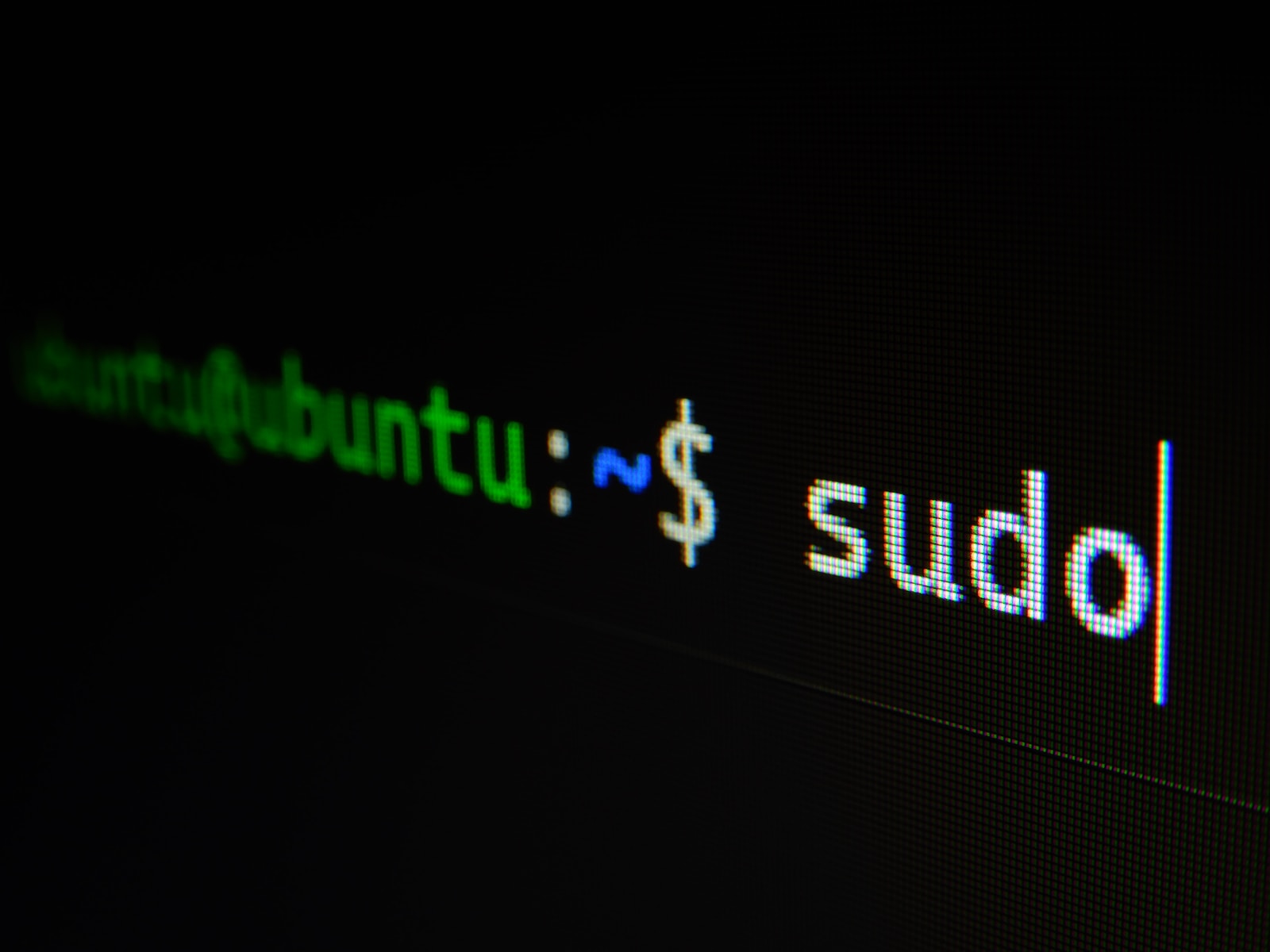Blog
-
How to use Chage Command in Linux with Examples
In the realm of Linux system administration, ensuring strong security measures is paramount. A crucial aspect of this responsibility involves managing user password policies effectively. Enter the ‘chage‘ command. chage command is…
-
How to Install SSL Certificate in Apache Web Server
In this video tutorial, you will learn How to install SSL Certificate in Apache HTTP Server running on linux. Installing an SSL certificate in Apache HTTP Server is a crucial step in…
-
How to rename a directory in linux
If you have been dealing with Linux operating systems, you already know that it is very important to keep your file system structured. There might be occasions when you had to create…
-
Using RPM Query Commands for Dependency Analysis and Troubleshooting
For Linux systems employing the RPM (Red Hat Package Manager), a comprehensive understanding of dependency analysis and troubleshooting is crucial. RPM query commands offer a powerful toolkit to examine, analyze, and troubleshoot…
-
Troubleshooting RPM Database Issues
The RPM (Red Hat Package Manager) database is a vital component of RPM-based Linux systems like CentOS, Fedora, and Red Hat. It keeps track of installed packages, their files, and metadata. However,…
-
How Install Apache HTTP Server Manually in Linux
In this post we will learn about how to manually install Apache HTTP Server (httpd) from the source tarball file and set up a custom site project, follow this step-by-step guide: Step…
-
Log Management with Logrotate Command
Log files are an integral part of Linux systems, providing valuable insights for monitoring and troubleshooting. However, over time, log files can grow exponentially, occupying excessive disk space. To address this issue,…
-
How to use DNF Command to manage packages in Linux
When it comes to package management in Linux, the DNF command (Dandified Yum) stands out as a versatile and powerful tool. Built on the foundation of Yum, DNF brings enhancements and improved…
-
What is cat command in Linux
The cat command has a unique niche among the many Linux command-line tools. The cat command, which stands for “concatenate,” is a crucial tool that lets users create, examine, concatenate, and work…
-
How to use Find Command in Linux: A Comprehensive Guide with Examples
When it comes to efficiently searching for files and directories in the Linux operating system, the “find” command is an indispensable tool. This powerful command allows you to locate files based on…









